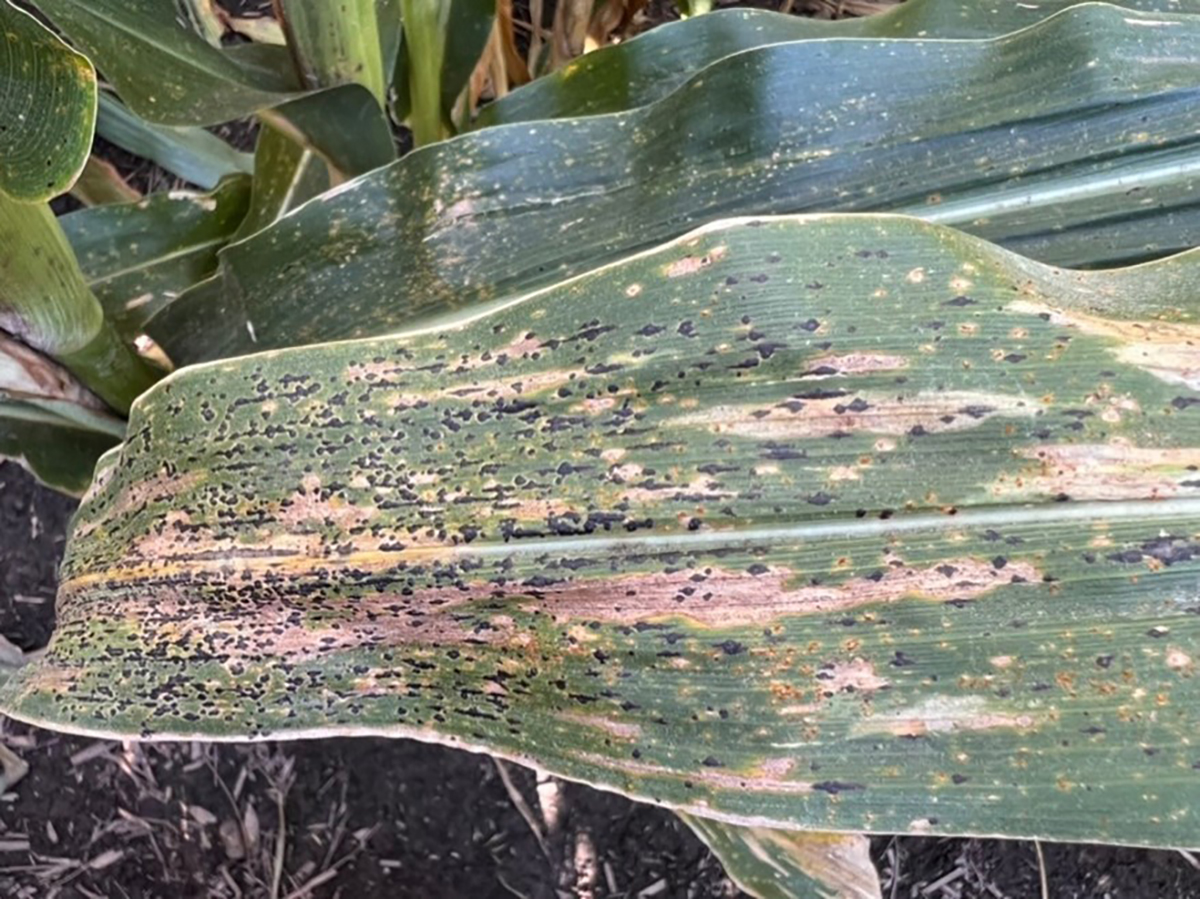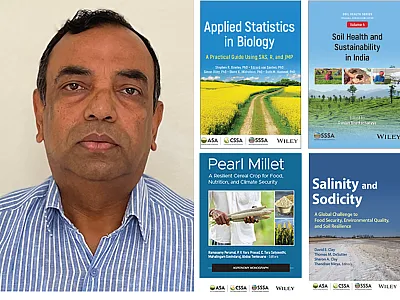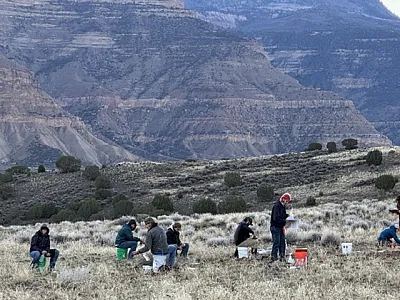Tar spot’s hidden cost to silage corn yield and nutritive value

Silage corn is a high-energy forage, critical to livestock diets. Tar spot disease is emerging as a significant contributor to losses in yield and nutritive value in the Great Lakes Region over the past decade. Researchers at Michigan State University set out to quantify the impact of tar spot on silage corn and explore management strategies.
Silage corn (Zea mays L.) is a high-energy forage, critical to livestock diets. Typically consumed on-farm and rarely entering commercial markets, its yield and quality losses often remain undocumented. Various environmental stresses impact silage corn yield and nutritive value with tar spot disease (caused by Phyllachora maydis) emerging as a significant contributor to these losses in the Great Lakes Region over the past decade.
Although coordinated efforts exist to study tar spot, more research focuses on grain with little attention on silage corn. Therefore, researchers at Michigan State University conducted multilocation field trials (2021–2023) to quantify its impact and explore management strategies using two silage hybrids (susceptible or partially resistant) and three fungicide treatments (non-treated, one application at silking, or applications at silking and dough stage).
Results show that tar spot severity increases over time, but the partially resistant hybrid showed around 50% lower disease severity and at least 20% higher dry yields than the susceptible hybrid. Feed digestibility and predicted milk yield per were also respectively 2–6% and 18% higher in the hybrid line. Surprisingly, while fungicide reduced severity, it did not protect yield or nutritive value under low disease pressure observed. This study underscores that integrated management, particularly resistant hybrids and proactive field scouting, is crucial as fungicides alone may be insufficient for effective and profitable mitigation.
Dig deeper
Kaur, H., Chilvers, M., Cassida, K., & Singh, M. P. (2025). Tar spot impacts silage corn yield and forage nutritive value. Crop, Forage & Turfgrass Management, 11, e70031. https://doi.org/10.1002/cft2.70031
Text © . The authors. CC BY-NC-ND 4.0. Except where otherwise noted, images are subject to copyright. Any reuse without express permission from the copyright owner is prohibited.









